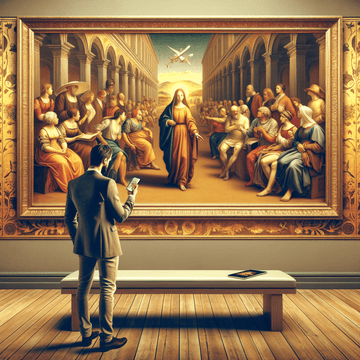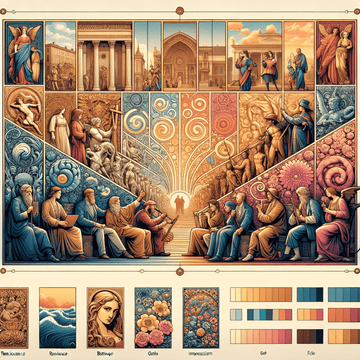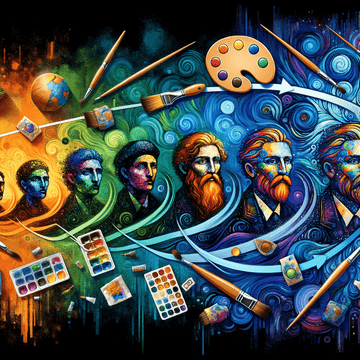The American West Art has a rich historical significance that transcends time and continues to impact modern Western art styles. It has shaped and influenced today’s artistic sphere in numerous ways and continues to do so.
The Basis of American West Art
American West Art stems from the representation of the American frontier, particularly from the late 19th to early 20th century. The Western U.S.’s dramatic landscapes and the daring lifestyle of its inhabitants provided a unique setting for artists. The artwork featured spectacular sceneries, indigenous cultures, and the complexities of the frontier, creating a unique visual portal through which to explore the American West's narratives.
The Impact on Modern Western Art Styles
Modern Western Art styles pull from a broader array of sources, but the influence of American West Art is unmistakable. Modern artists are often drawn to the emotional resonance and sense of adventure that epitomized the American West era. They continue to use the traditional themes of cowboys, Native Americans, and landscapes, but with a modern twist, exploring historical realities with contemporary sensibilities.
Modern artists resonate with the exploration undertones of the American West Art. They adapt the rich visual and spatial vocabulary from Classic Western paintings, infuse them with post-modern principles, bridging the gap between history and contemporary art. Their works possess a distinct Western feel but utilize modern techniques, mediums, and expressionist styles.
A Continual Influence
As we progress further into the 21st century, American West Art's legacy continues to inspire modern Western art. Stylistically and thematically, artists revisit and remix the rich historical tapestries in a multitude of ways, creating a dialogue between the past and the present. Its timeless allure, romanticized narratives, and intense emotions continue to captivate modern artists and audiences alike.








